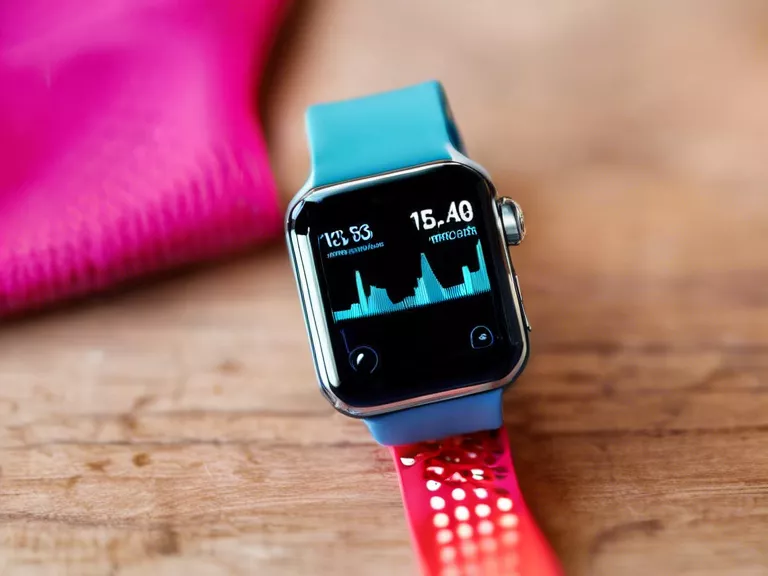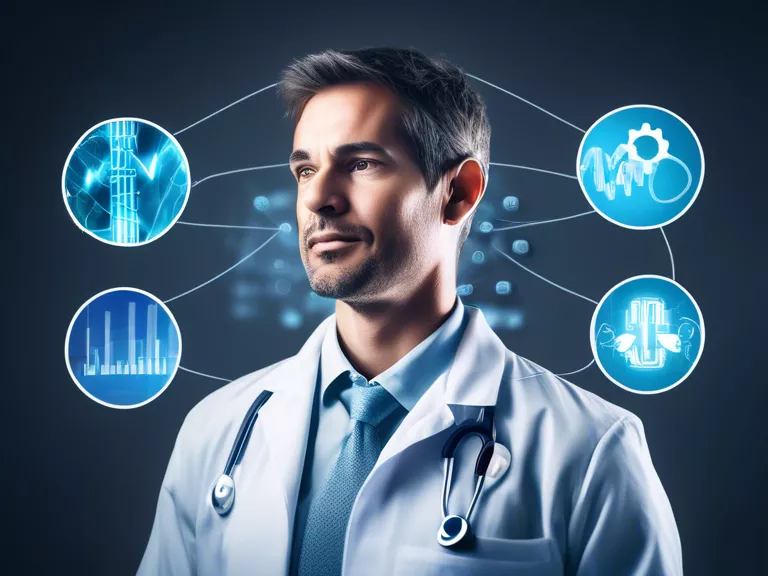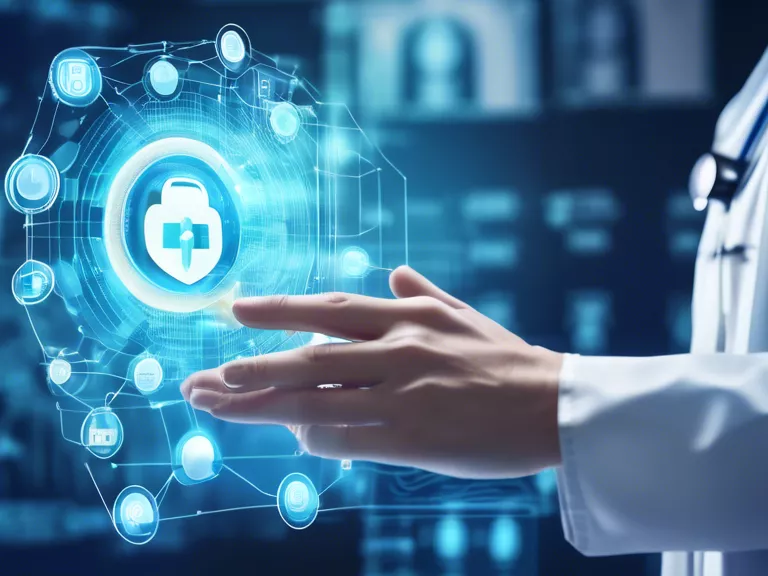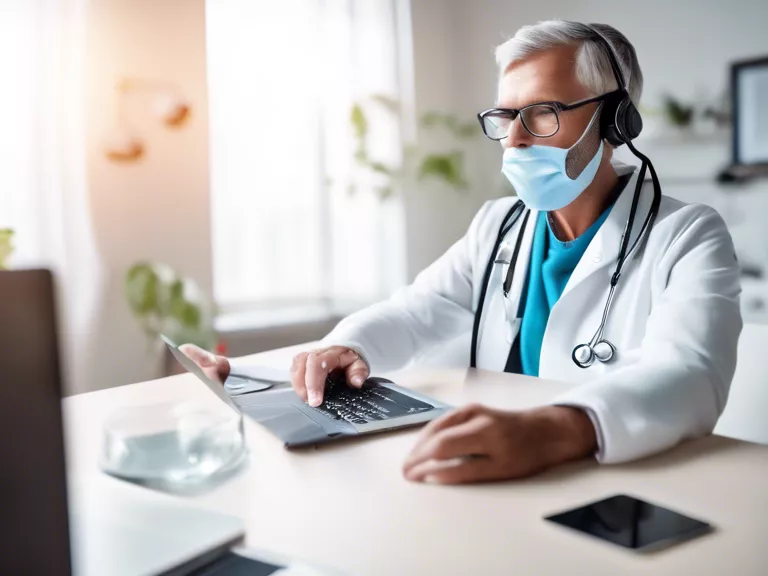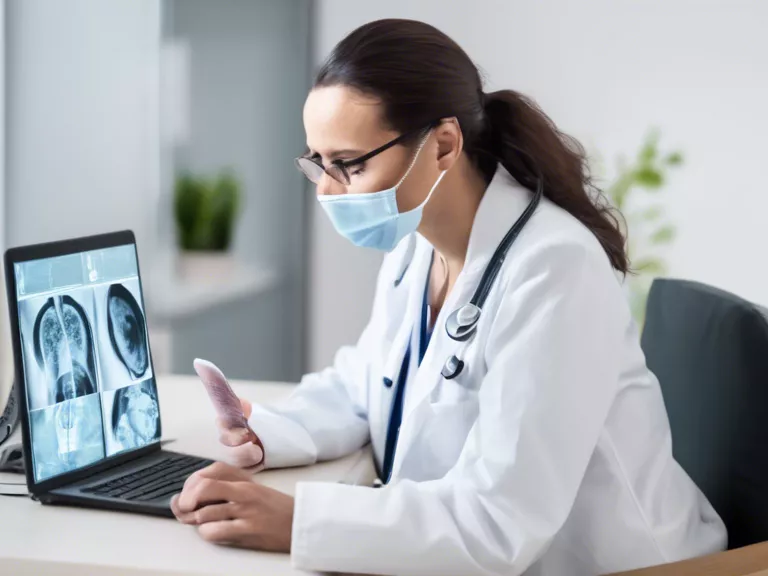
Telemedicine services have seen a significant rise in popularity in recent years, especially with the advent of the COVID-19 pandemic. Telemedicine allows patients to consult with healthcare providers remotely, reducing the need for in-person visits and providing convenience to both patients and healthcare professionals. This article will explore the reasons behind the rise of telemedicine services and the benefits they offer to the healthcare industry and patients.
One of the main drivers behind the rise of telemedicine services is the increasing reliance on technology in all aspects of our lives. With the widespread availability of smartphones, tablets, and computers, patients can easily connect with healthcare providers through telehealth platforms. This technology allows for virtual consultations, electronic prescriptions, and remote monitoring of patients' health.
Another reason for the popularity of telemedicine services is the convenience they offer to patients. Instead of having to take time off work, travel to a doctor's office, and wait in a crowded waiting room, patients can simply log on to a telehealth platform from the comfort of their own home. This saves both time and money for patients, making healthcare more accessible.
Telemedicine services also benefit healthcare providers by allowing them to see more patients in a day. With telehealth platforms, doctors can conduct back-to-back virtual consultations without the need for time-consuming travel between appointments. This efficiency allows healthcare providers to reach a larger patient population and provide care to those who may not have access to a local doctor.
In conclusion, the rise of telemedicine services is changing the way healthcare is delivered. Through the use of technology, patients can easily connect with healthcare providers, receive timely medical advice, and manage their health from anywhere. Telemedicine offers convenience, accessibility, and efficiency to both patients and healthcare professionals, making it a valuable tool in the modern healthcare system.
Glass of Win
Smile to Africa Adventure
Monika Brodka
USS Oriskany
Literati2
Penny Hardaway
Designed in Finland
Refiza
Dan Rodimer
Local Savage
ATW Traveler
Marcel Theroux
Kemble Gallery
Cronk's Oakridge
El Horizontal
Em Cada Pagina
Iroko Designs
La Fonda Mexican Restaurants
Layton Bio
Nanjing Expat
Richard YT
Righting Food
Shkodra Daily
Merabsp
pfoto rzd
Esculturasy Monumentos
Warren Indiana
Jintara Fan Club
fted cruz
Khamag Mongol
Military Art Company
beavtrav
Belum Lama
Blue Rooster Food Company
DJ Vibe
eugene the brand
hennypalooza.com
hillsideornamentals.com
Komik Gratis Online
matsunoyanotsuma.com
mix4max.com
sharingourfoodadventures.com
thebestbedlinenintheworld.com
thegrayandorange.com
toronto-restaurants.com
yamato-movie.com
Scoops Ice Cream Truck
Uncover Studios
Fc Lupopo
Toci Lamart
